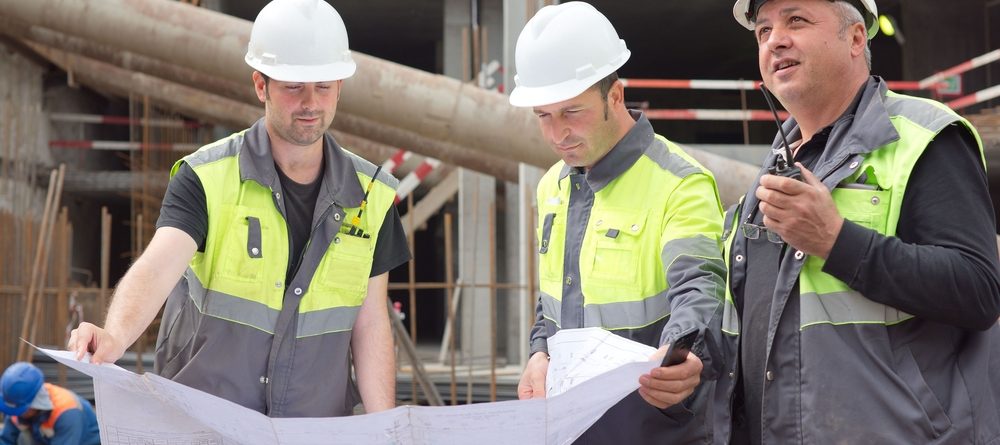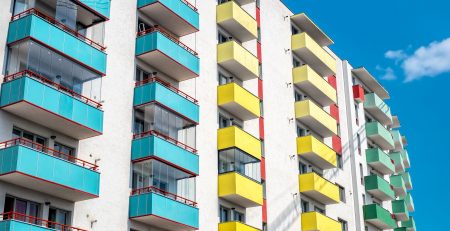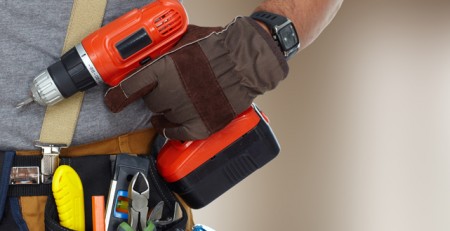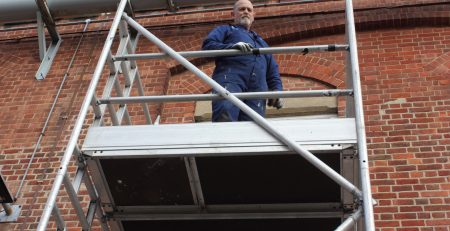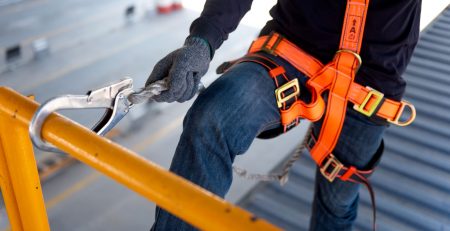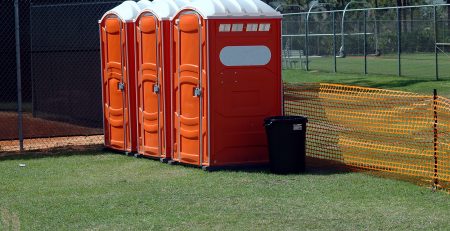The importance of hi-vis clothing
Is hi-vis clothing taking over?
High visibility workwear arrived in Great Britain five decades ago – in 1964, to be precise, and it is safe to say, it is here to stay!
Helping to reduce the number of accidents and fatalities, hi-vis clothing is now much more widely used than ever before.
Moving outside of construction sites, we now see hi-vis clothing, in some capacity, being used by joggers, schools, healthcare professionals, traffic wardens, and more!
Helping to ensure its proliferation was the introduction of the Health and Safety at Work Act, and the Personal Protective Equipment at Work Regulations in 1992.
An investment in safety
Quality, as well as value for money, are two of the main criteria when purchasing PPE workwear for teams and staff members.
You have to make sure that your investment is as cost-effective as possible while maintaining high levels of safety at all times.
To help PPE should be maintained appropriately, helping it to keep its protective features as well as its high-quality appearance for longer.
It might sound crazy, but to ensure you do get value for money, routine workwear maintenance can help to extend the life of work clothing – lowering the levels of replacements, helping you to save money in the long-run.
For example, when washing workwear, make sure all zips are closed, buttons are undone, pockets have been checked, and collars and cuffs have been flattened out. We would also recommend turning clothing inside out as this helps to reduce fading and the likelihood of abrasions occurring.
High visibility clothing MUST be washed separately to prevent dyes affecting visibility.
Hi-vis clothing does come with a maximum number of washes due to the tape, so it is essential to make sure you read the care instructions carefully.
You should also avoid tumble drying and keep washes at 40 degrees unless stated otherwise.
High visibility waterproofs should use a gentler cleanser, so waterproof membranes and coatings are not damaged. These items of clothing can also be re-waterproofed to maintain their performance and increase longevity.
Make sure to store all PPE in a dry, clean area. Never in direct sunlight, or near hazardous substances.
Ideally, high visibility workwear should be cleaned every 3 to 6 months if they are to maintain their effectiveness.
Hi-vis in the workplace
Hi-vis workwear plays an essential role in maintaining safety and preventing accidents.
It is also a requirement of the Health and Safety regulations, so it should not be taken lightly!
Hi-vis clothing is suitable for:
· Busy environments where traffic is present. When working close to fast-moving vehicles, clothing must meet standard EN 471, which comes with three classes, depending on the level of safety required.
· Construction and building sites
· Warehouses and storage houses, where forklifts etc. are being used
· When working near entrances or exit ways
· Motorcycle couriers
· Security guards
· Railway workers – look for clothing made to the Rail Industry Standard
· Cyclists
· Car park attendants
· Joggers
Childcare in schools – more and more schools ensure children wear hi-vis vests when out on school trips, helping to make children easily identifiable when out.
· Medical staff and emergency services
Of course, depending on the job will depend on the type of hi-vis that will be required, i.e., full-body, including reflective trousers and jackets, or just jackets and even t-shirts?
Increasing the margin of safety
When it comes to hi-vis workwear UK the most effective colour is found to be that of Day-Glo yellow.
However, you must consider the contrast of the wearer to the background that they will primarily be working against.
In these instances, other colours available are lime green and orange.
You can also look to add additional reflective strips on waistcoats and trousers if the light is severely reduced and extra precautions need to be taken. As an employer, it is your responsibility to keep everyone safe, and providing such PPE is a big part of the job.
It is also an employer’s responsibility to:
· Keep anyone coming onto a site or into a warehouse etc., safe. So, requesting that they also wear hi-vis clothing (provided by yourself) is not unacceptable.
· Maintain hi-vis workwear to a high standard before passing it to employees.
· Provide adequate storage facilities.
· Provide appropriate training on how to use hi-vis properly, and
· Supervise and ensure all clothing is worn correctly when needed!
For employees, wear the high visibility clothing available and report any damages or defects as soon as possible, it could save your life!
Ultimately, the Personal Protective Equipment at Work Regulations 1992 requires correct and safe clothing to be worn for employees to be able to carry out specific tasks.
Factors to look for when purchasing the right hi-vis workwear for your teams:
· Quality and durability – the better and higher the quality, the longer the lifespan of the garment will be.
· Get the right size!
· You need to ensure that you do not only get the right sizes but that they fit the person it is intended for.
· No one can work in something that doesn’t fit right.
· Make sure you opt for the right hi-vis clothing. For example, look for more lightweight pieces in the summer months, with thicker, heavier, thermal insulated pieces chosen for colder seasons.
· Hi-vis should ideally have UV protection included for those that work in direct sunlight, as it has been found that the reflective strips on hi-vis clothing can heat up and cause a rash similar to a sunburn.
· Do you require different hi-vis clothing during the day compared to night-time due to reduced lighting?
· For those working outside, it’s essential to look for the EN 343 workwear certification as these factors in waterproofing and breathability.
· Is the clothing suitable for the risk?
· Is it compatible with other PPE?
· Does it meet the minimum standards?
· Is it CE kitemarked?
Benefits of high visibility clothing
· Keeps you, your teams, and your visitors, safe
· Can help to identify staff and teams on-site easier
· Creates a uniformity look and appearance
· Fosters a team spirit
· Helps to increase corporate identity
When should you replace your PPE?
· When it no longer offers you the level of protection you and your teams need
· When it is damaged beyond repair
· When it is no longer visible!
Has your workwear seen better days? Do you need hi-vis clothing to keep you safe, while getting on with the job at hand?
Check and go to workwear shop either physical or online store and see how a full range of hi-vis workwear is suitable for you.

